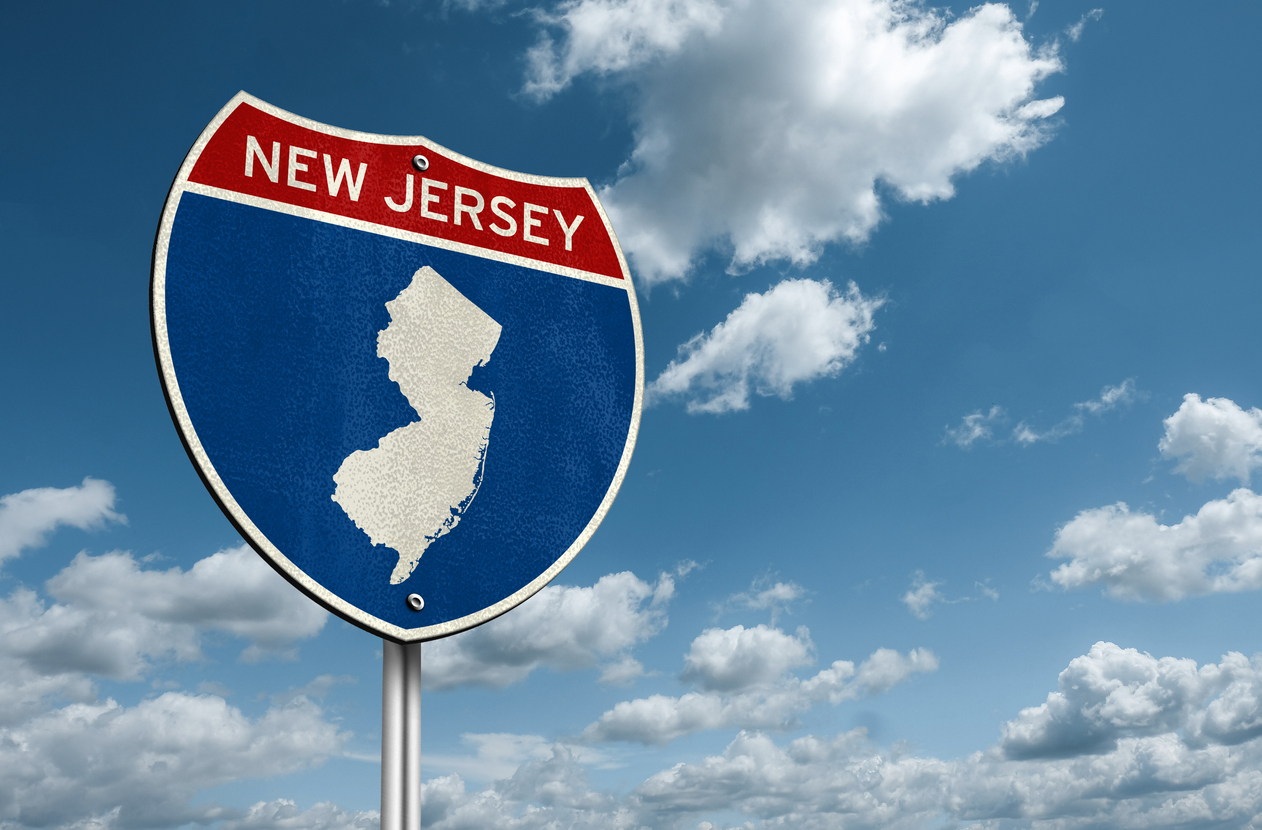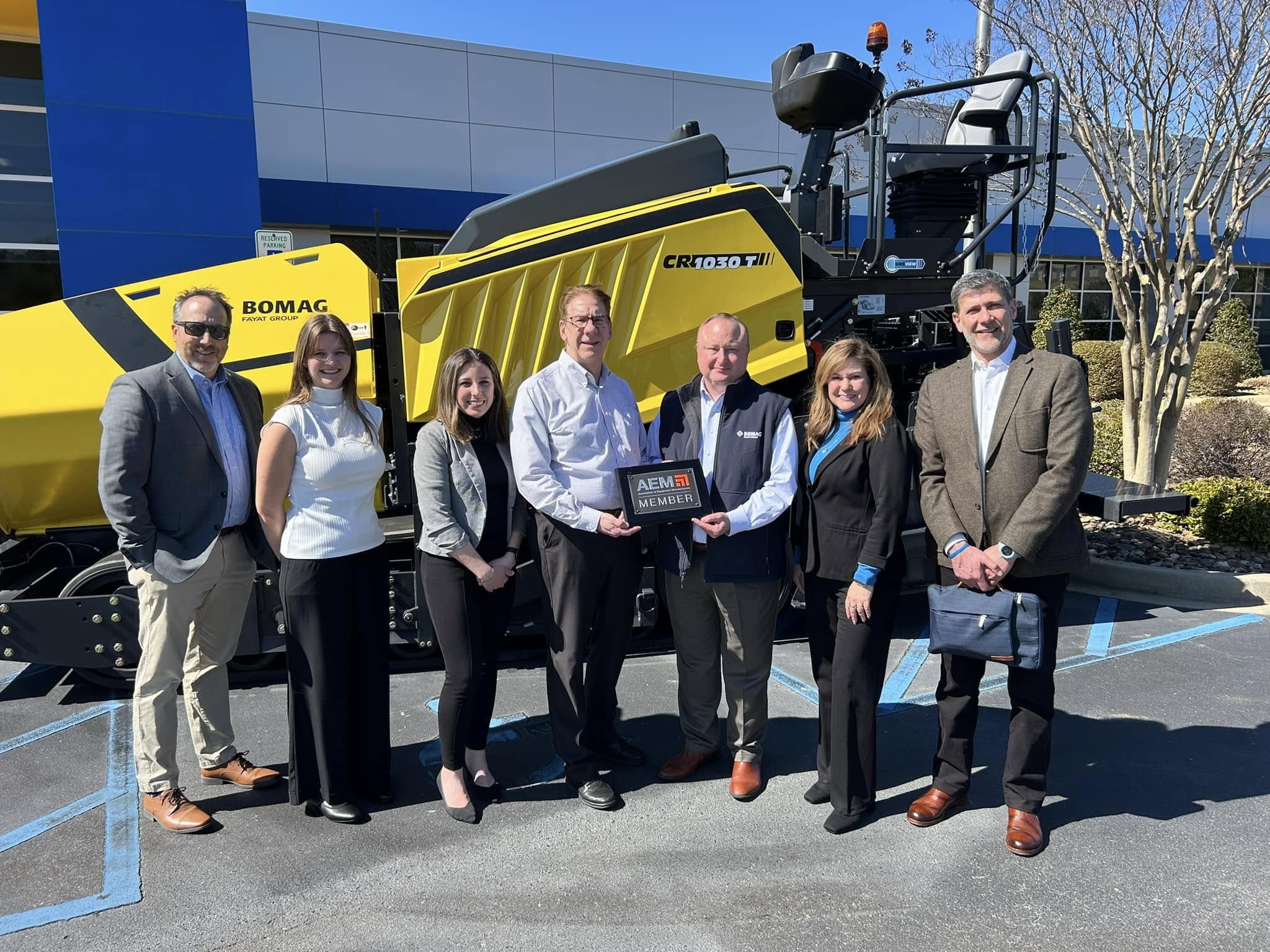Sustainability isn’t a trend to watch or a movement on the horizon. It’s already arrived, and it’s impact on how equipment manufacturers approach doing business can’t be ignored.
Equipment manufacturers are beginning to examine and address operational impact on the environment, in response to growing public demand for brands to engage in more sustainable practices. They’re also taking steps to ensure market access and remain compliant with ever-evolving regulations, as well as making commitments to build and feed a more sustainable world.
AEM is committed to increasing education, adoption and action around sustainability, particularly within the supply chain. As part of that commitment, the association and its member-driven Sustainability Council have established three goals to drive their efforts for the remainder of 2023. The goals – building alignment, growing supply chain success and powering positive sustainability perception – will help AEM and the council spark ideas to establish long-term priorities for the industry related to sustainability.
At AEM’s most recent Product Safety & Compliance Seminar, Kim Noe, program manager, sustainability, for AEM member company John Deere, outlined recent work by the Sustainability Council to identify seven of the 17 United Nation’s Sustainable Development Goals as priorities for the association and its member companies. In addition, she highlighted ongoing efforts to tell the equipment manufacturing industry’s story and examine sustainability issues both at the OEM level and within supply chains.
Finally, Noe, who serves as Chair of AEM’s Sustainability Council, detailed the three main reasons why organizations today are making corporate commitments to sustainability. They are:
Corporate Investment
Many investors today consider environmental, social and governance (ESG) practices to be a risk mitigation tool, said Noe. As a result, organizations are making a concerted effort to manage and mitigate risk as efficiently and as effectively as possible. And when it comes to ESG practices, examples of risk mitigation tactics include working to ensure organizational turnover is low and waste is handled appropriately.
That’s one way to approach ESG. Other organizations, however, are taking more proactive measures by transforming risk into opportunity. Doing so, said Noe, should pay off in the long term, as 85% of all investors today are interested in sustainability “at some point.” The takeaway is a simple one: corporate investment is making sustainability increasingly relevant on a global level, and it’s a trend that shows no sign of slowing anytime soon.
Government and Regulation
Consider financial disclosures required of public companies. According to Noe, organizations are “patiently and anxiously” awaiting guidance from the U.S. Securities and Exchange Commission on reporting risks, carbon footprint (Scope 1, 2 and 3) and more. For entities not based in the U.S., or multinational companies, the European Union Corporate Sustainability Reporting Directive (CRSD) explains non-financial disclosures in the public space. In addition, it seeks to address inconsistencies in terms of reporting and metrics used.
However, what’s required of companies goes beyond financial and non-financial disclosures. As ESG practices continue to evolve, they’re becoming increasingly tied to regulatory activities and market access. In order for companies to be able to sell their products in certain places, they must have a strong understanding of the regulatory landscape and take appropriate steps to ensure compliance – whether at the state level, the federal level or abroad.
Consumer Sentiment
More consumers than ever before are standing up and saying, “I want to buy exclusively from sustainable companies.” While cost remains the preeminent purchasing consideration for the vast majority of consumers, it’s certainly not the only one. According to Noe, sustainability is becoming a major factor in purchasing decisions across the generational landscape. It’s a trend that’s expected to continue to grow over time, with only likely impact being economies become increasingly low-carbon and circular in the not-too-distant future.
Want to Help Support Lasting Industry Change?
In response to these three “whys,” AEM and its Sustainability Council are working to providing a framework that supports sustainability best practices for a more viable world. As part of that commitment, the council has tasked itself with helping align the industry as it prepares for increasing stakeholder expectations, as well as existing and developing ESG regulations to reduce member risk.
To support those efforts, AEM encourages its members to take the following steps:
- Sign up and engage with AEM’s Sustainability Toolkit.
- Join the Sustainability Council and make their voice heard.
- Reach out with questions, feedback, concerns and ideas.
For more perspectives from AEM member companies, subscribe to the AEM Industry Advisor.
.





